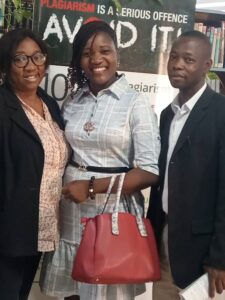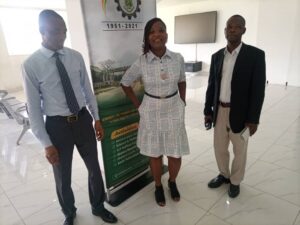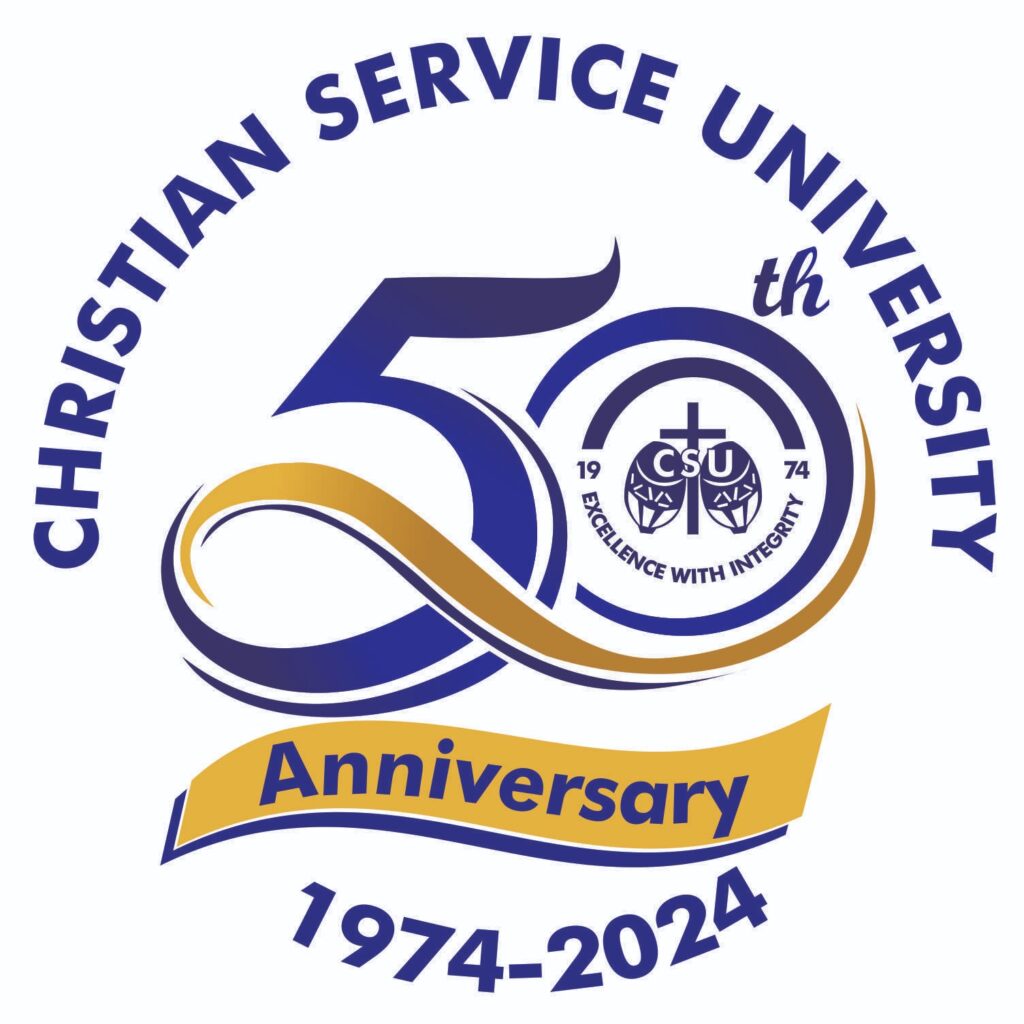The Chapman Library of CSUC has organized a collaborative library tour at the main and satellite libraries at KNUST as part of series of programmes to build the capacity of the library staff. The Chapman Library staff toured the Prempeh II library and other satellite libraries located in the various colleges and departments at KNUST campus. These libraries are noted to be one of the oldest public academic libraries in Ghana serving over 50,000 users comprising of students, faculty, staff and researchers. Ms. Vivian Amponsah, the Head Librarian of the CSUC Chapman Library explained that her outfit is committed to enhancing its service delivery in line with its vision to lead in quality information service delivery within the broader framework of the Quality Improvement Programme.She explained that the Chapman Library serves as the information hub for the CSUC community supporting research, teaching and learning activities. The library has over 5,000 of its resources on a digital platform to supplement the available physical resources.
Ms. Vivian Amponsah, the Head Librarian of the CSUC Chapman Library explained that her outfit is committed to enhancing its service delivery in line with its vision to lead in quality information service delivery within the broader framework of the Quality Improvement Programme.She explained that the Chapman Library serves as the information hub for the CSUC community supporting research, teaching and learning activities. The library has over 5,000 of its resources on a digital platform to supplement the available physical resources.
The library is well staffed with professionals ready to assist users to meet their information needs. As a library serving a small community compared to Prempeh II library, it became necessary to embark on the tour to explore contemporary trends in library management, create inter-library staff networks, observe the kind of services being provided to promote user engagements, appreciate the designed spaces and facilities to meet the needs of users in current collaborative age, and finally adapt to new skills and technology to enhance quality service delivery at the Chapman Library; “The Prempeh II Library was chosen for the tour because it is considered as one of the best libraries in Ghana”, Ms. Amponsah noted.
The CSUC Library staff were warmly received by their counterparts and had fruitful tour and hope to repeat same in the future. Ms. Amponsah assured users of the Chapman Library that they will improve quality service delivery and continue to provide more accessible and inclusive physical spaces that are responsive and adaptive to the learner’s evolving needs.


